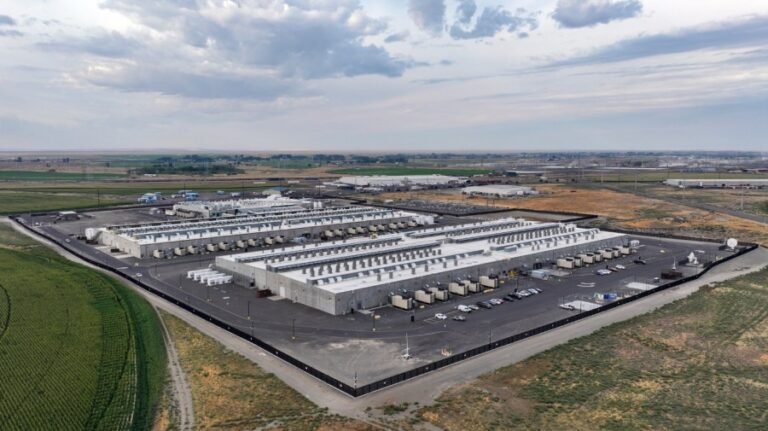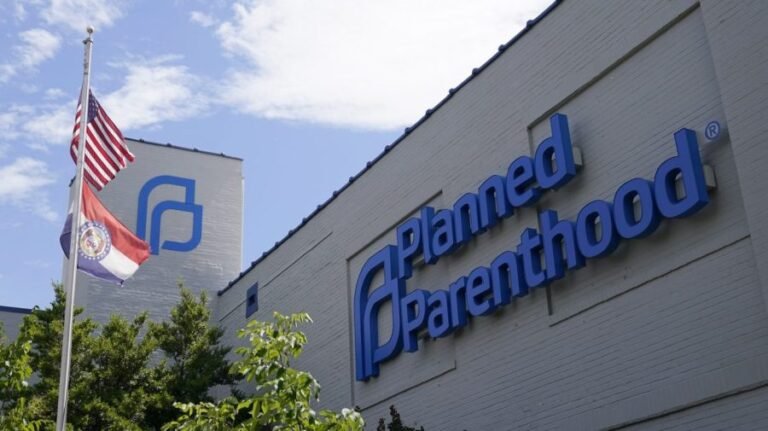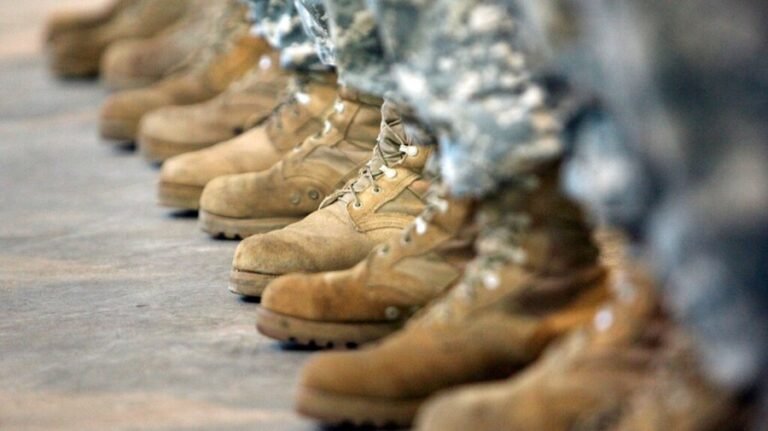
President Trump’s return to the White House is reshaping America’s foreign policy with a nationalist, protectionist edge. Although this shift has frayed relationships with some traditional allies — especially in Europe, whose importance for U.S. policy appears to be eroding — the dynamics in Asia tell a different story.
American ties with key Asian partners such as Japan and South Korea remain steady. And Washington is rebuilding a once-strained relationship with India, the world’s largest democracy and an increasingly pivotal power in the Indo-Pacific.
President Joe Biden failed to grasp the long-term strategic significance of the U.S.-India partnership. His administration prioritized outreach to China, resumed indulgence of Pakistan, welcomed the overthrow of an India-friendly government in Bangladesh and stayed largely silent on Chinese encroachments on Indian borderlands, which triggered a tense Sino-Indian military standoff that has still not been fully resolved. These moves, coupled with ideological posturing, brought bilateral ties to a low point.
The change in administration, however, has opened the door for a course correction. Both nations are now working to reestablish mutual respect and trust. Vice President JD Vance’s visit to India this week — accompanied by Second Lady Usha Vance, their children and senior administration officials — signals a new chapter in the relationship.
In a sign of renewed counterterrorism cooperation, the FBI last week arrested a Sikh militant accused of involvement in multiple terrorist attacks in India. Meanwhile, India, one of the world’s fastest-growing economies, has committed to liberalizing trade with the U.S., following Prime Minister Narendra Modi’s White House visit in February. Modi, notably, was among the first world leaders to meet Trump after his return to office.
India’s appeal to American businesses is rising, especially as China’s economy falters and its demographic decline deepens. Long before the U.S. rekindled its trade war with Beijing, India’s massive consumer market was emerging as a vital alternative.
During Modi’s visit, he and Trump set an ambitious goal: more than doubling bilateral trade to $500 billion. The first phase of a U.S.-India trade agreement, expected to be finalized before Trump’s visit to India in the fall for the Quad grouping summit, is likely to see India slash tariffs on a wide range of American imports.
The Biden-era drift is clearly being reversed. Washington has cast Vance’s India trip as a key diplomatic mission aimed at strengthening strategic and economic ties with a nation that, like the U.S., views China as its principal adversary.
A robust India is key to maintaining a stable balance of power in the Indo-Pacific, where China seeks regional hegemony. The first Trump administration recognized India’s central role by giving the country pride of place in its “free and open Indo-Pacific” strategy.
Indeed, U.S.-India relations flourished in Trump’s first term. In 2019, Trump joined Modi at a massive rally in Houston attended by 50,000 Indian Americans and numerous U.S. lawmakers. The following year, Trump addressed more than 100,000 people at a rally in Ahmedabad, India — still the largest audience for any American president, at home or abroad. “America loves India, America respects India and America will always be faithful and loyal friends to the Indian people,” Trump declared.
The personal rapport between Trump and Modi — both unapologetic nationalists — has proven durable. That relationship is now instrumental not only in restoring bilateral ties but also in nudging India to reduce its relatively high tariffs. Although India cut some tariffs ahead of Modi’s February visit, Trump responded with a 27 percent tariff hike on Indian goods earlier this month as part of his global tariff campaign, before announcing a 90-day pause on all “reciprocal tariffs” to allow negotiations to proceed.
Trade remains a flashpoint. Trump’s “America First” agenda often collides with Modi’s “Make in India” initiative. At their joint White House news conference, Modi even borrowed from Trump’s own slogan, vowing to “Make India Great Again.”
Still, tensions that flared under Biden are beginning to ease. The arrest of the Sikh militant followed a Trump-Modi joint statement pledging “decisive action” against elements that “threaten public and diplomatic safety and security, and the sovereignty and territorial integrity of both nations.”
For the U.S. and India to coordinate effectively to keep the Indo-Pacific “free and open,” they must reconcile their policies toward India’s neighborhood. The divergence was stark under Biden, whose administration aided military-backed regimes in Pakistan and Bangladesh while trying to oust Myanmar’s junta — moves that undercut regional stability. The Trump administration is now reviewing these policies with an eye toward coherence and consistency.
Vance’s visit, following a similar trip by Director of National Intelligence Tulsi Gabbard, underscores that the U.S.-India relationship is already bouncing back. Vance’s discussions with Modi are expected to deepen cooperation in areas ranging from strategic technology to defense interoperability, with both sides welcoming the “significant progress” toward a trade deal.
There is also a personal dimension to Vance’s diplomacy. His wife, the first Hindu second lady in American history, is the daughter of Indian immigrants. The Indian American community — one of the fastest-growing and most prosperous immigrant groups in the U.S. — commands outsized influence, boasting the highest median household income among all ethnic groups.
Looking ahead, a potential Trump-brokered end to the Ukraine war would allow the U.S. to shift focus toward the Indo-Pacific, further energizing its partnership with India. This pivot would accelerate U.S.-India collaboration on critical and emerging technologies and enhance interoperability between the two countries’ armed forces, especially in naval and air operations.
Trump’s return to power is not merely restoring the U.S.-India relationship — it is revitalizing it with fresh urgency, grounded in mutual interests and shared concerns. As the Indo-Pacific becomes the epicenter of global power competition, the world’s oldest and largest democracies are once again aligning their strategies and rediscovering their common cause.
Brahma Chellaney is a geostrategist and the author of nine books, including the award-winning “Water: Asia’s New Battleground.”


